Cisitalia had more than its share of troubles in 1953. Piero Dusio was in the process of trying to move his industrial companies from Italy to Argentina with the support of Argentine president Juan Peron. His biggest constraints were financial ones. He had spent vast sums paroling Professor Ferdinand Porsche from a French prison and in developing the Porsche-designed Grand Prix car, the D46 monoposto racer and the 202 coupe, cabriolet and spider. Although the Cisitalia name wasn't known world-wide and in every circle, even though it was just a few years old as a marque the company's badge and reputation was revered by those who knew. What they knew is that Giovanni Savonuzzi was able to use mundane mass-produced components and make a vehicle that true enthusiasts would covet. In a search for low-cost, easily serviced componentry, Piero's son Carlo made contact with Henry Ford II, who was already the owner of a Cisitalia 202 cabriolet. Ford was responsive to supplying running gear for a new Cisitalia sports car that would be substantially larger than the earlier cars marketed by the firm. Logically enough, the designation 808XF indicated an X-shaped chassis with Ford running gear. That running gear started with Ford's 215cid, overhead valve straight-six with a four-main-bearing crank in a cast-iron block. With a conservative 7.0:1 compression ratio and a single-barrel Holley carburetor, power output was 101 horsepower. Naturally, a Cisitalia couldn't use a stock version of a production engine and the company went to work. With a revised Cisitalia cylinder head, valve cover and twin Weber carburetors, the target output was at least 110 horsepower, which then passed through the Ford transmission. Ford also would supply the brakes, although some suspension modifications were envisioned. All of these components found their way into a Cisitialia-designed chassis capable of accommodating both the more powerful Ford V-8 and a DeDion rear-axle layout. According to authors Nino Balestra and Cesare De Agostini, Henry Ford II liked the prototype he was shown and asked his brother in-law, Ed Sullivan-not the entertainer-to oversee the project. As part of the review process, the prototype was evaluated by Ford's engineering department. There were many changes recommended, but none were particularly serious and could have been rectified if proper funding were made available. In another less ambitious attempt to keep the project on track, four Ford chassis were sent to Italy to be modified, and fitted with Italian coachwork similar to the prototype. Tuning and mechanical changes were to be less ambitious, but that would also make the likelihood of such a car reaching production far more probably. Engine changes included dual carburetors , revised manifolding and a lovely cast-alloy valve cover. Two cars were bodied by Vignale; a cabriolet and a coupe, as apposed to the original prototype, which Ghia had completed to a Boano design. Two subsequent coupes were built by Racconigi on the remaining pair of Ford chassis. The two Vignale cars were sent-accompanied by Carlo Dusio-to Ed Sullivan in New York. Apparently, an astute Road & Track reader might have notice the adds for Jericho Motors Ltd, in Long Island proclaiming that one of the Cisitalia-Ford could have been had for $7,500-a huge sum in early 1953. Not surprisingly, the proprietor of Jericho Motors was none other than a Mr. Ed Sullivan, who retained the Vignale cabriolet for many years and is now in the hands of a New York collector. The early history of the Vignale coupe isn't so well documented. By September 1975 it was owned by Edwin Jefferson of Englewood, NJ. Largely intact, it has seen little use in the intervening 29 years. Along the way it lost its original seats and bumpers, but otherwise is virtually complete. The body is fairly straight and any corrosion or electrolytic reaction between the steel platform and the aluminum coachwork has been addressed. Painted red, the car is v
Cisitalia had more than its share of troubles in 1953. Piero Dusio was in the process of trying to move his industrial companies from Italy to Argentina with the support of Argentine president Juan Peron. His biggest constraints were financial ones. He had spent vast sums paroling Professor Ferdinand Porsche from a French prison and in developing the Porsche-designed Grand Prix car, the D46 monoposto racer and the 202 coupe, cabriolet and spider. Although the Cisitalia name wasn't known world-wide and in every circle, even though it was just a few years old as a marque the company's badge and reputation was revered by those who knew. What they knew is that Giovanni Savonuzzi was able to use mundane mass-produced components and make a vehicle that true enthusiasts would covet. In a search for low-cost, easily serviced componentry, Piero's son Carlo made contact with Henry Ford II, who was already the owner of a Cisitalia 202 cabriolet. Ford was responsive to supplying running gear for a new Cisitalia sports car that would be substantially larger than the earlier cars marketed by the firm. Logically enough, the designation 808XF indicated an X-shaped chassis with Ford running gear. That running gear started with Ford's 215cid, overhead valve straight-six with a four-main-bearing crank in a cast-iron block. With a conservative 7.0:1 compression ratio and a single-barrel Holley carburetor, power output was 101 horsepower. Naturally, a Cisitalia couldn't use a stock version of a production engine and the company went to work. With a revised Cisitalia cylinder head, valve cover and twin Weber carburetors, the target output was at least 110 horsepower, which then passed through the Ford transmission. Ford also would supply the brakes, although some suspension modifications were envisioned. All of these components found their way into a Cisitialia-designed chassis capable of accommodating both the more powerful Ford V-8 and a DeDion rear-axle layout. According to authors Nino Balestra and Cesare De Agostini, Henry Ford II liked the prototype he was shown and asked his brother in-law, Ed Sullivan-not the entertainer-to oversee the project. As part of the review process, the prototype was evaluated by Ford's engineering department. There were many changes recommended, but none were particularly serious and could have been rectified if proper funding were made available. In another less ambitious attempt to keep the project on track, four Ford chassis were sent to Italy to be modified, and fitted with Italian coachwork similar to the prototype. Tuning and mechanical changes were to be less ambitious, but that would also make the likelihood of such a car reaching production far more probably. Engine changes included dual carburetors , revised manifolding and a lovely cast-alloy valve cover. Two cars were bodied by Vignale; a cabriolet and a coupe, as apposed to the original prototype, which Ghia had completed to a Boano design. Two subsequent coupes were built by Racconigi on the remaining pair of Ford chassis. The two Vignale cars were sent-accompanied by Carlo Dusio-to Ed Sullivan in New York. Apparently, an astute Road & Track reader might have notice the adds for Jericho Motors Ltd, in Long Island proclaiming that one of the Cisitalia-Ford could have been had for $7,500-a huge sum in early 1953. Not surprisingly, the proprietor of Jericho Motors was none other than a Mr. Ed Sullivan, who retained the Vignale cabriolet for many years and is now in the hands of a New York collector. The early history of the Vignale coupe isn't so well documented. By September 1975 it was owned by Edwin Jefferson of Englewood, NJ. Largely intact, it has seen little use in the intervening 29 years. Along the way it lost its original seats and bumpers, but otherwise is virtually complete. The body is fairly straight and any corrosion or electrolytic reaction between the steel platform and the aluminum coachwork has been addressed. Painted red, the car is v
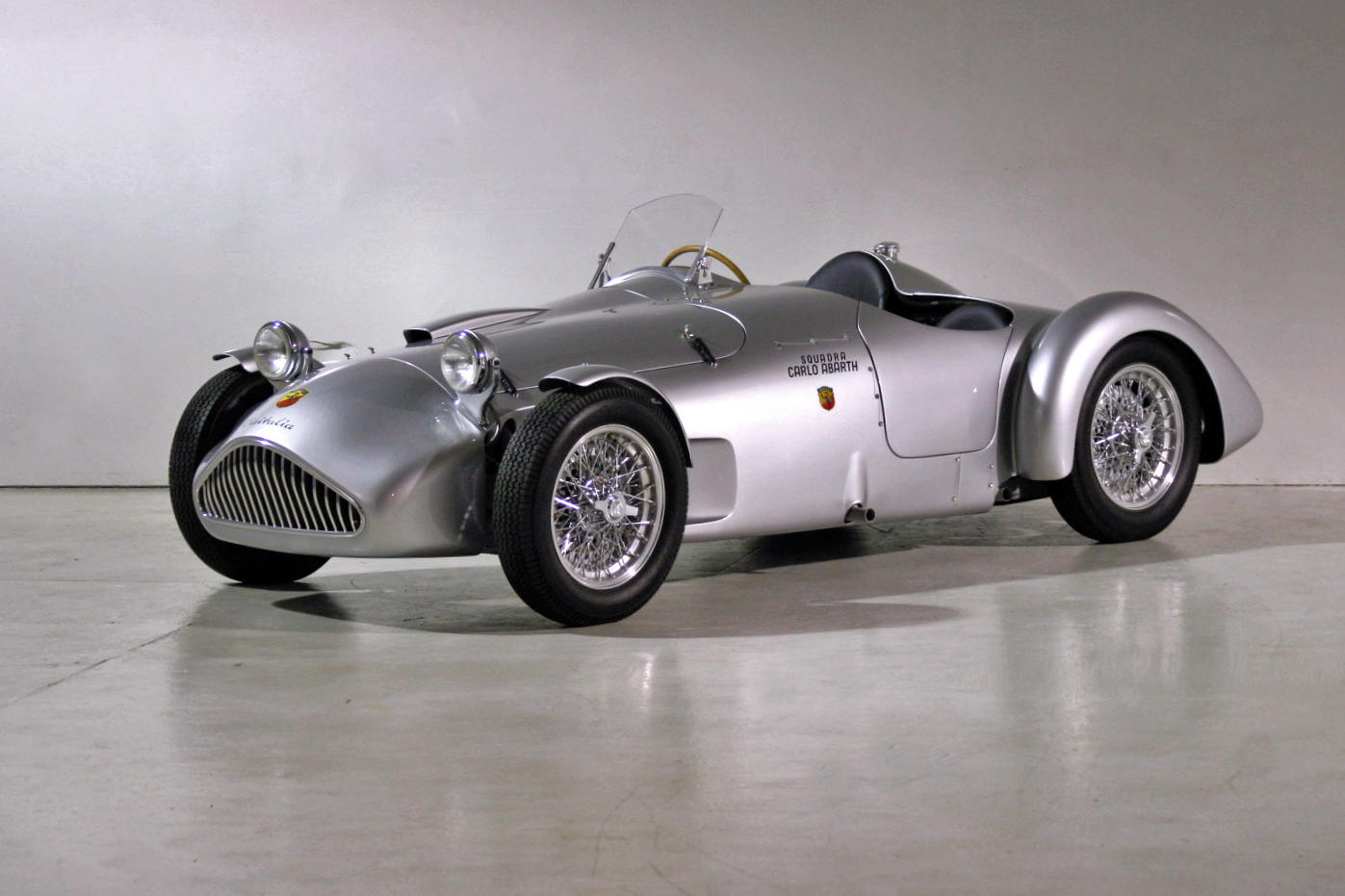
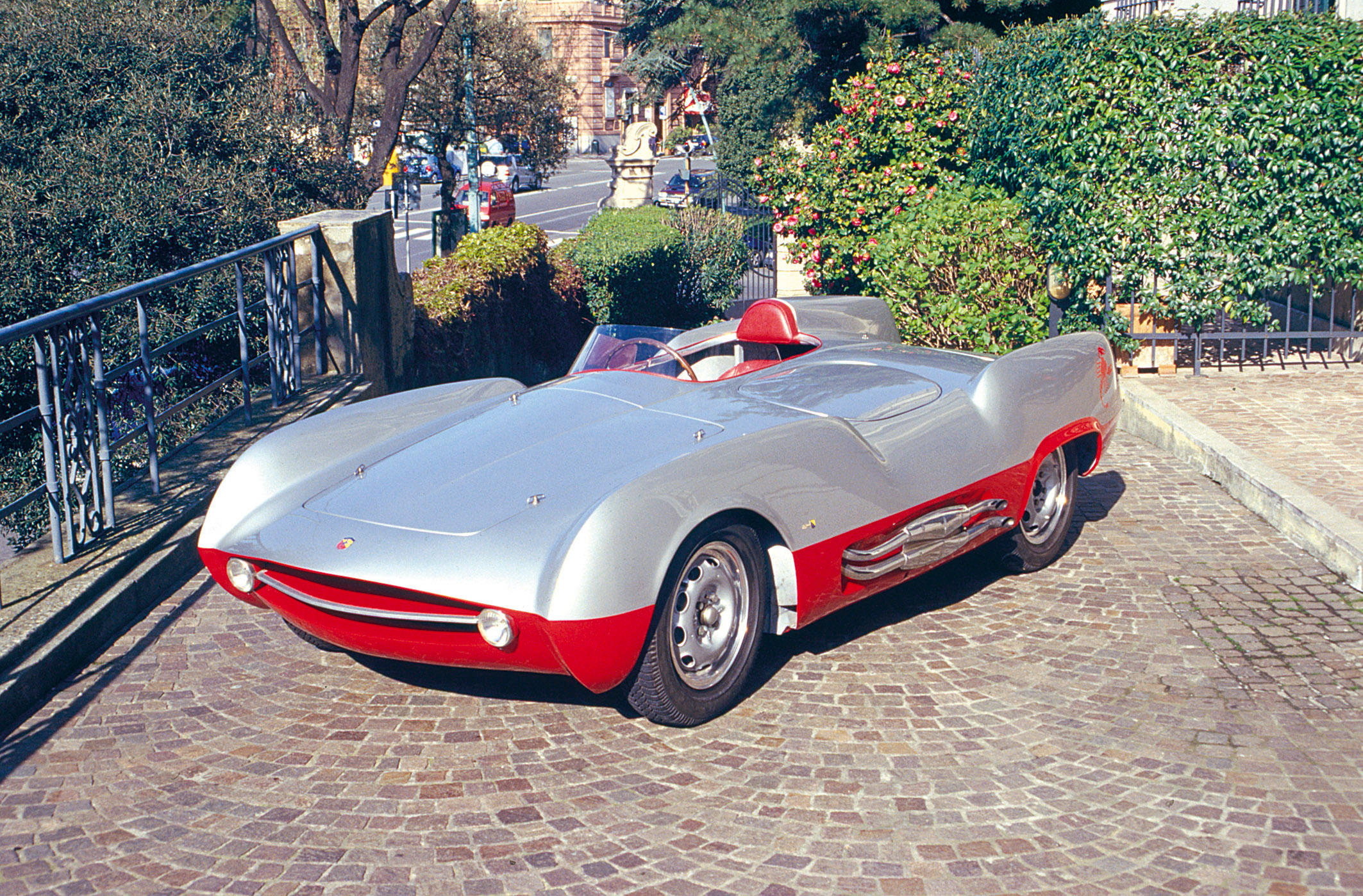
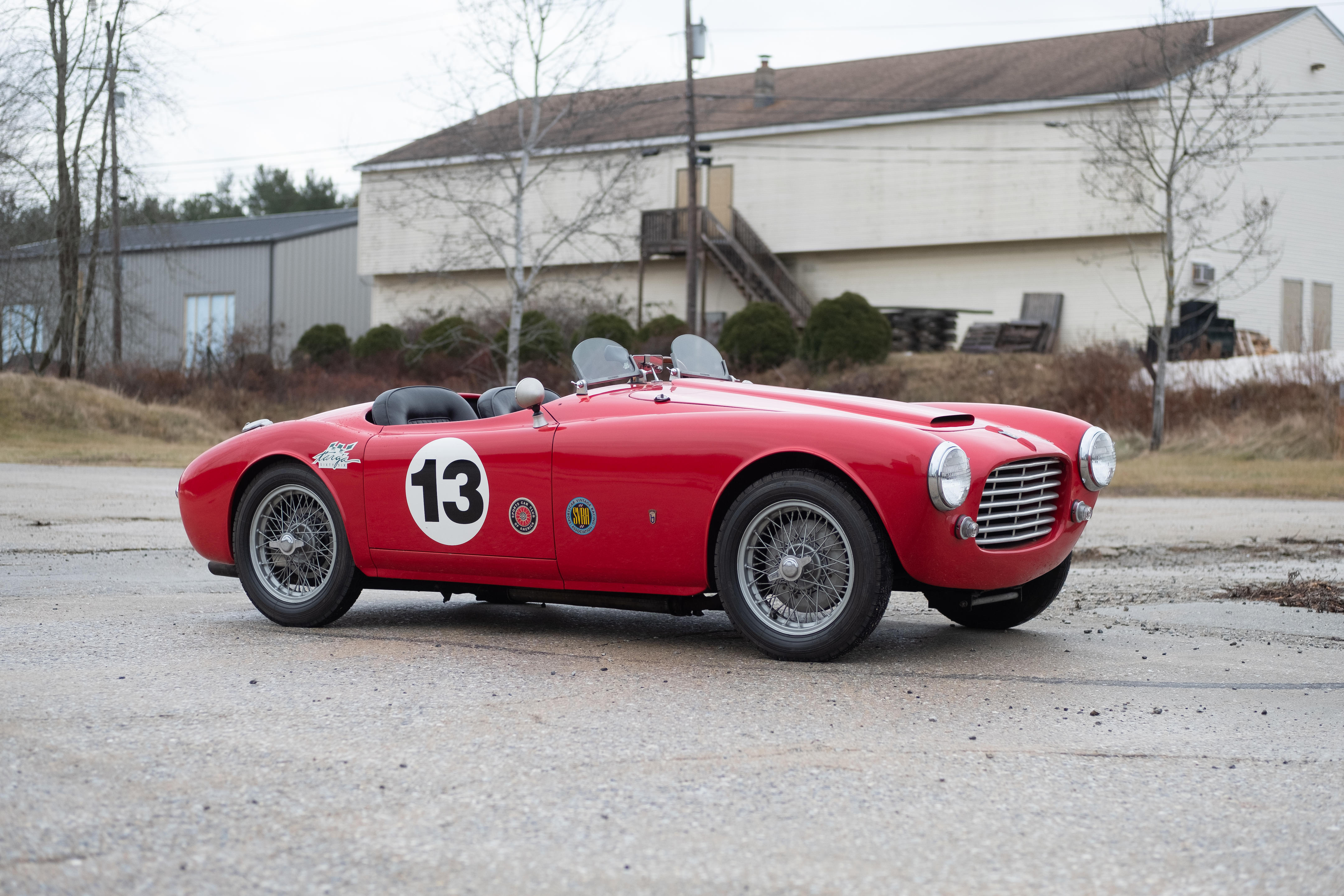
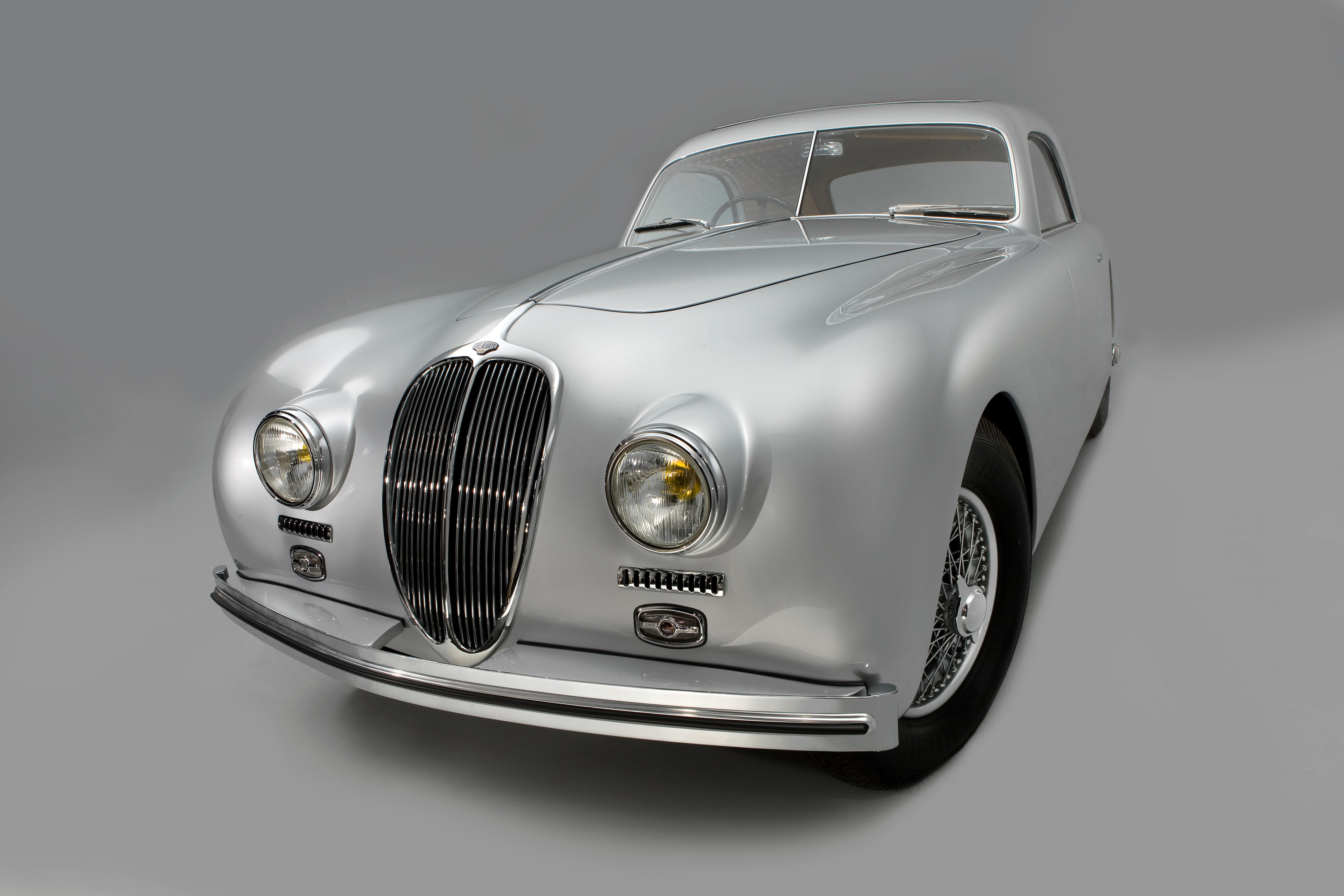

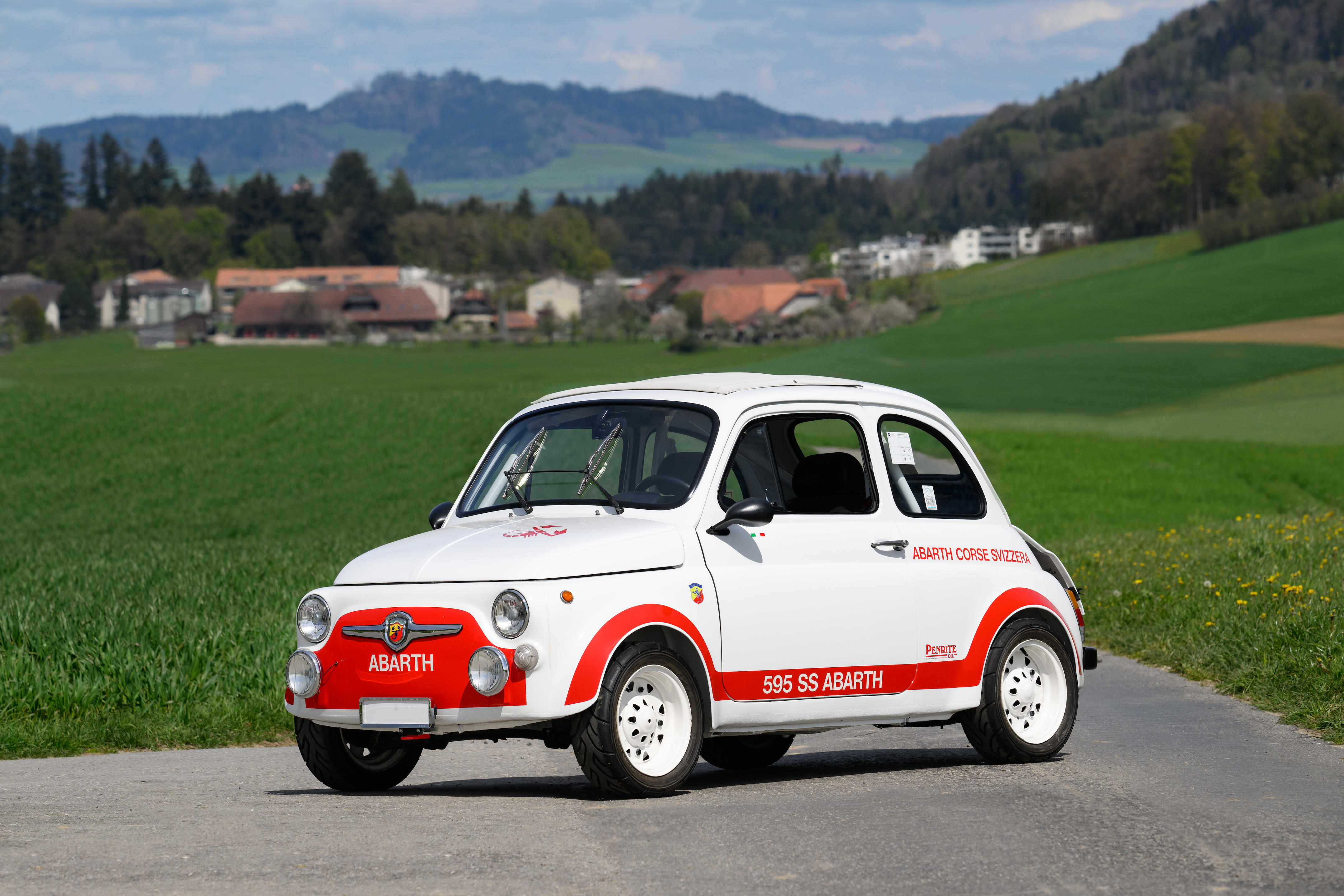
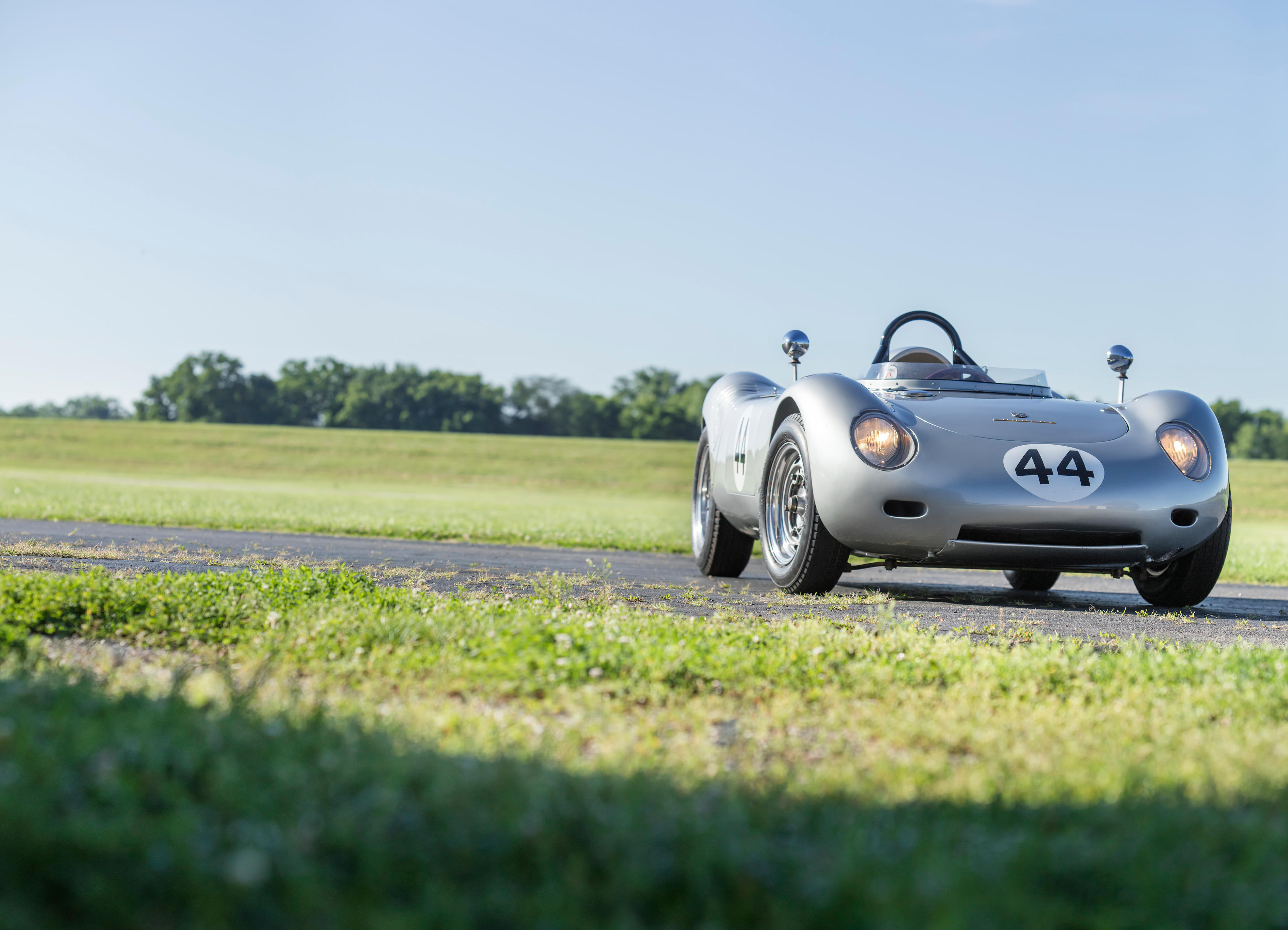
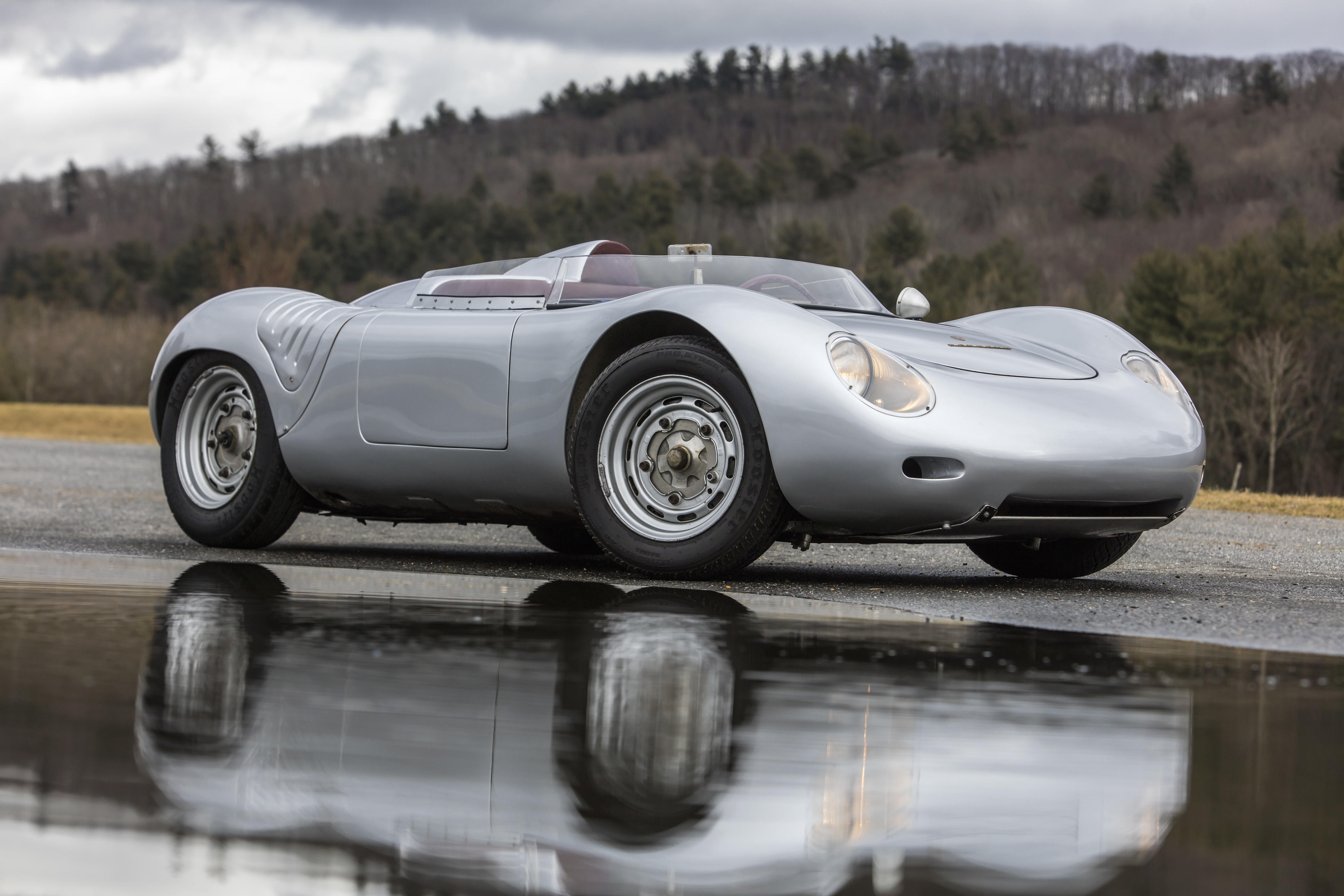
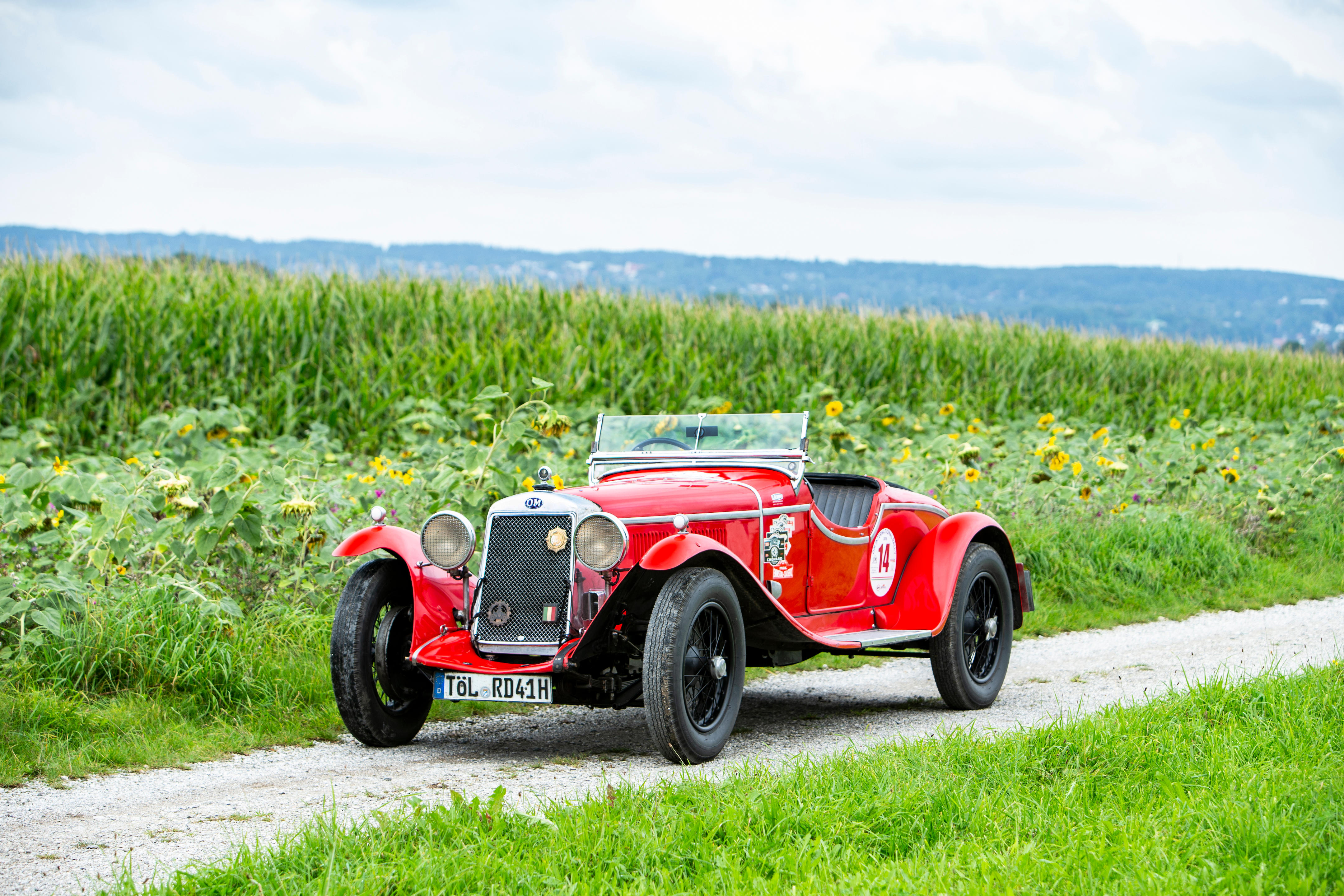
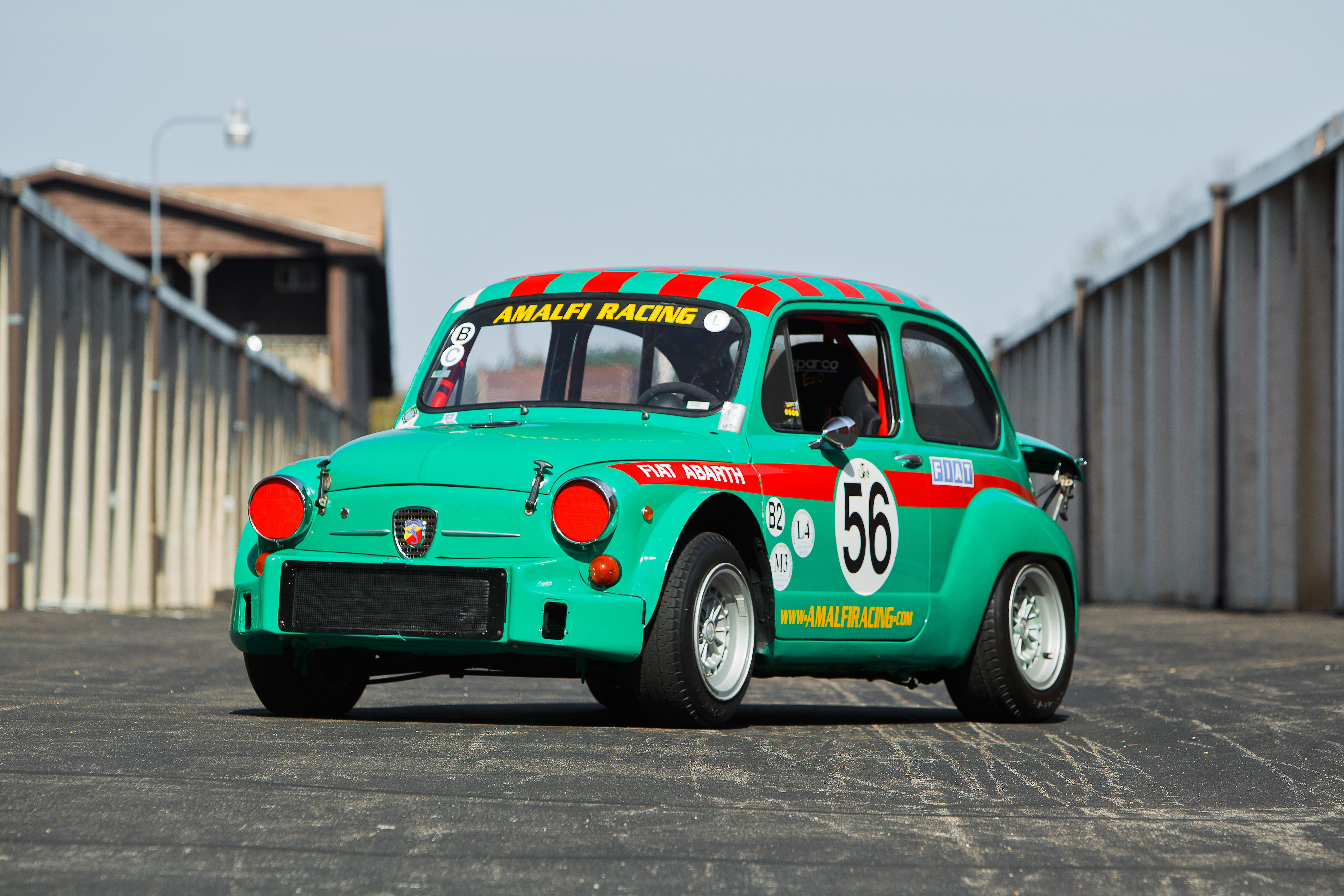
Try LotSearch and its premium features for 7 days - without any costs!
Be notified automatically about new items in upcoming auctions.
Create an alert